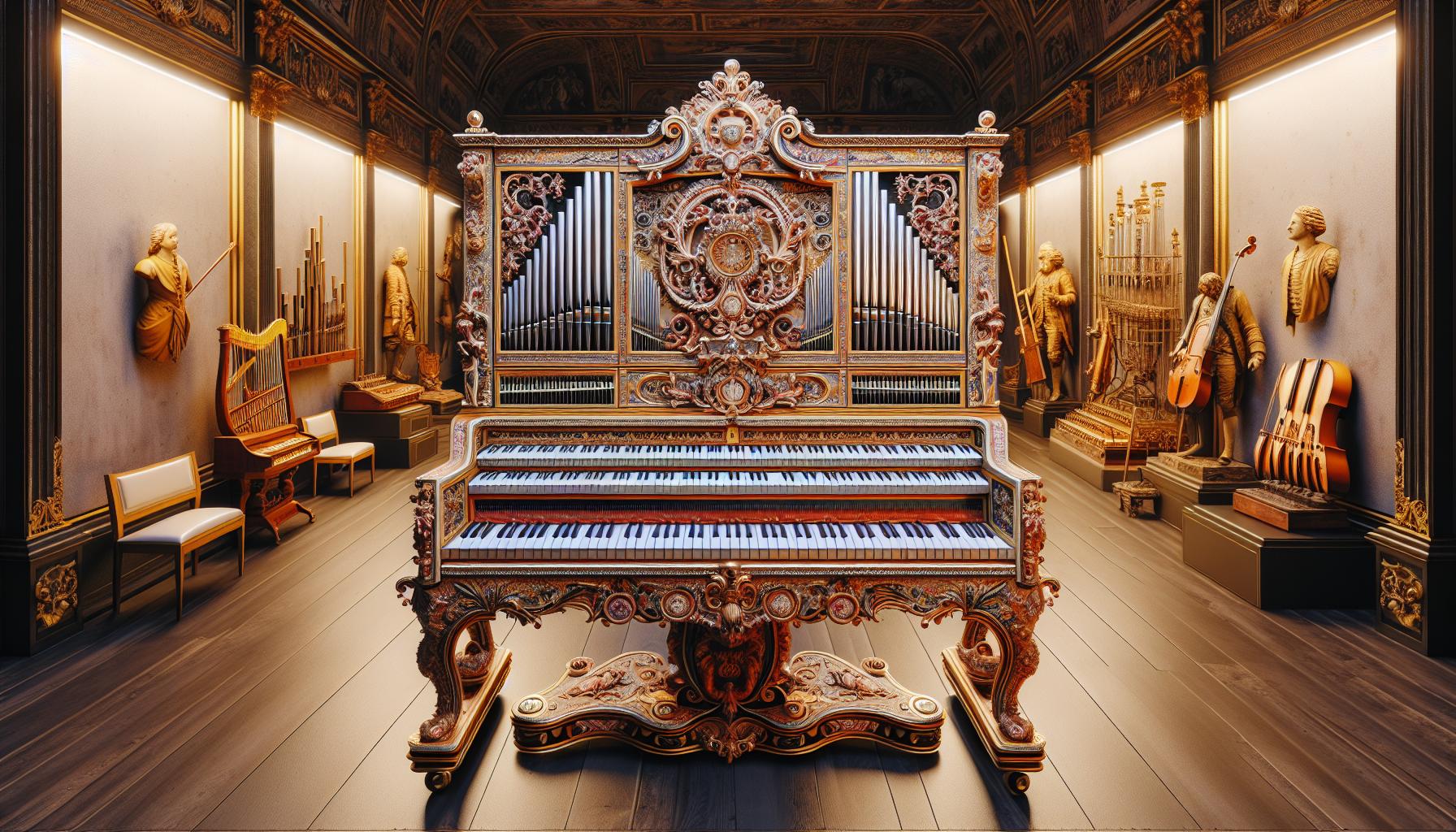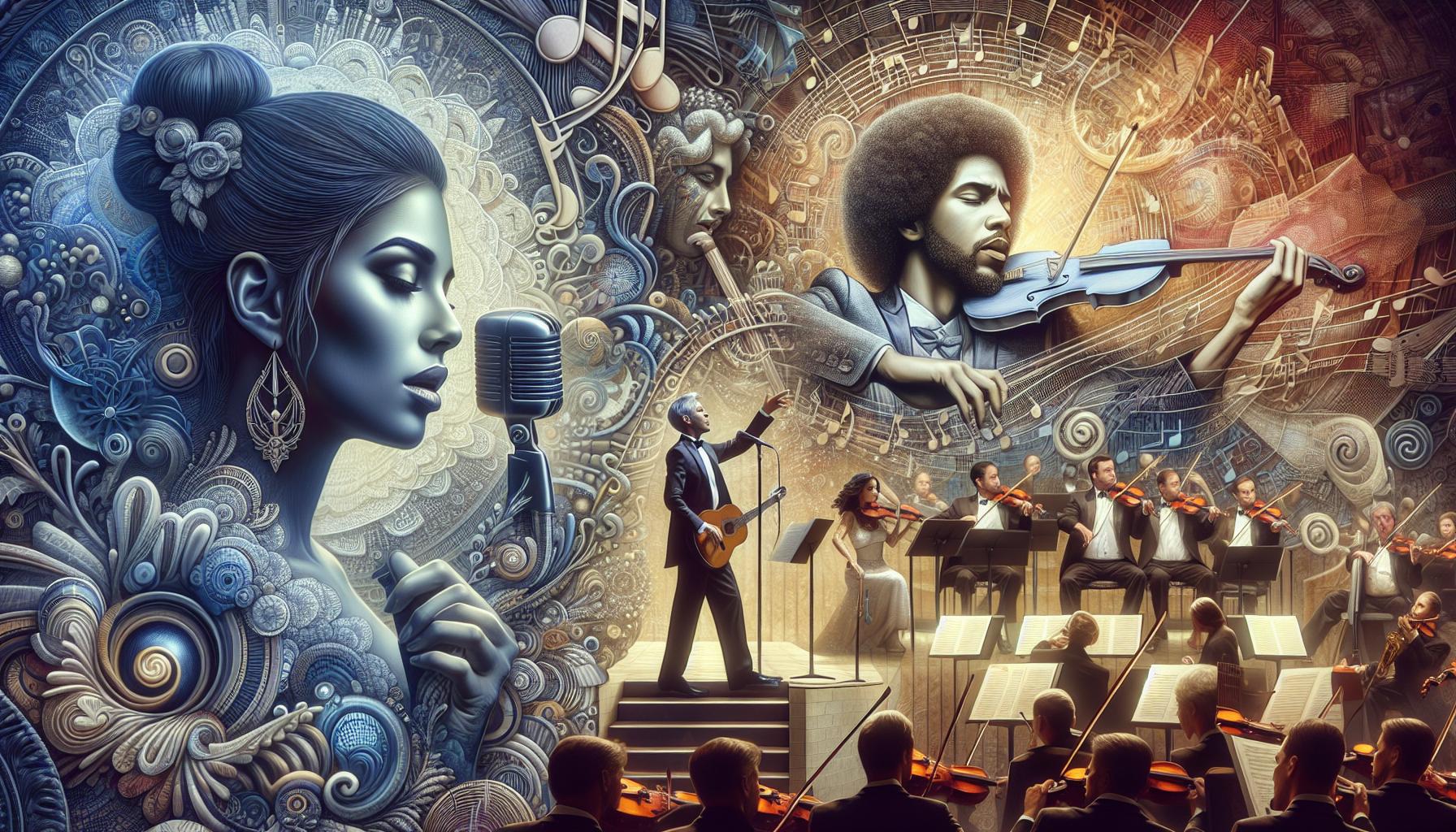Music has always been a powerful force, shaping cultures and connecting people across generations. From iconic album releases to groundbreaking performances, each day in history tells a story that resonates with music lovers. A music history calendar not only highlights these significant events but also serves as a reminder of the influential artists who’ve left their mark on the world.
By exploring a music history calendar, enthusiasts can dive deep into the rich tapestry of sounds that have evolved over time. It’s a fascinating journey through the milestones that define genres, movements, and the very essence of human expression. Whether it’s the birth of rock ‘n’ roll or the rise of hip-hop, each entry offers a glimpse into the moments that shaped the soundtrack of our lives.
Key Takeaways
- Importance of a Music History Calendar: Serves as a comprehensive timeline that highlights pivotal moments in music evolution, including landmark album releases and artist achievements.
- Key Features: Includes event listings of significant historical dates, artist birthdays, notable album milestones, and genre developments, offering a broad view of music’s progression.
- Educational Resource: Functions as a valuable tool for music students and enthusiasts, providing historical context and enhancing knowledge of musical movements.
- Cultural Insights: Reflects how historical events intertwine with music trends, illustrating the societal changes that shape musical expression.
- Engagement with Music: Connects fans to the heritage of music, inspiring appreciation and understanding of its vast evolution and cultural significance.
Music History Calendar
A music history calendar serves as a comprehensive timeline that delineates key events in the evolution of music. It catalogs significant moments, such as album releases, artist achievements, and genre milestones.
Key Features of the Music History Calendar
- Event Listings: Lists pivotal historical dates, including landmark concerts and festivals.
- Artist Birthdays: Highlights influential musicians’ birthdays, commemorating their contributions to music.
- Album Milestones: Tracks important album releases, showcasing the impact of iconic works.
- Genre Developments: Documents the rise and evolution of various music genres, from classical to contemporary styles.
Benefits of a Music History Calendar
- Learning Tool: Serves as an educational resource for music students and enthusiasts, providing context for musical movements.
- Cultural Insight: Offers insights into how historical events intersect with music trends, reflecting societal changes.
- Engagement: Enhances engagement for fans by connecting them to the rich heritage of music.
| Date | Event | Description |
|---|---|---|
| March 31, 1967 | Release of “Sgt. Pepper’s Lonely Hearts Club Band” | Landmark album that revolutionized rock music. |
| August 1, 1981 | Launch of MTV | Changed how music was consumed via music videos. |
| November 9, 2004 | Release of “American Idiot” | Influential punk rock opera by Green Day. |
By exploring these features and benefits, music fans can gain a deeper appreciation for the progression of music and its impact on culture. The calendar not only acts as a guide through history but also as an inspiration for future generations to create and innovate in the field of music.
Key Historical Events

Music history is marked by significant events that shaped the evolution of genres and practices. These milestones provide insight into the dynamic relationship between music and culture across different periods.
Ancient Music Traditions
Ancient music traditions laid foundational elements for later developments. Mesopotamia, around 3000 BC, introduced the world’s earliest known musical instruments, such as lyres and harps. Ancient Greece, by the 6th century BC, forged a system of musical scales and modes influencing Western music theory. The use of music in religious ceremonies during ancient cultures, including Egyptian and Indian societies, demonstrated music’s role in rituals and communal experiences.
Medieval Developments
Medieval music, spanning from the 5th to the 15th century, witnessed the shift from oral traditions to written notation. Gregorian chant emerged in the 9th century as a monophonic, liturgical music form. The development of polyphony in the 12th century marked a turning point, allowing multiple melodic lines to coexist. Instruments like the lute and vielle gained prominence during this era, broadening the range of musical expression and leading to new genres.
Renaissance Innovations
During the Renaissance, from the 14th to the 17th century, music flourished with heightened focus on harmony and expression. Composers like Josquin des Prez and Giovanni Pierluigi da Palestrina expanded vocal polyphony, highlighting intricate counterpoint techniques. The invention of the printing press in the 15th century revolutionized music distribution, allowing composers’ works to reach wider audiences. Instrumental music also evolved, paving the way for the development of orchestral forms and string instruments.
Baroque Era Milestones
The Baroque era, spanning from 1600 to 1750, marked a period of grand musical expression and innovation. Notable composers include Johann Sebastian Bach and George Frideric Handel, whose works epitomized the complexity and emotional depth of the time. The introduction of opera as a dramatic art form transformed performance practices, while the use of ornamentation and expressive dynamics characterized compositions. The birth of the concerto and sonata forms during this period established new structures that influenced future music styles.
Important Figures In Music History

Music history is richly populated with influential figures whose creativity and innovation shaped the musical landscape. Their contributions have defined genres, inspired generations, and changed the course of music.
Composers And Their Contributions
- Johann Sebastian Bach
Bach’s mastery of counterpoint and harmony significantly influenced Western classical music. His compositions, including the “Brandenburg Concertos” and “Mass in B minor,” showcased intricate musical structures, impacting generations of composers. - Ludwig van Beethoven
Beethoven bridged the Classical and Romantic periods, introducing emotional depth and structural innovation. Works like “Symphony No. 5” and “Piano Sonata No. 14” demonstrated his groundbreaking approach to form and expression. - Wolfgang Amadeus Mozart
Mozart’s prolific output included over 600 compositions, ranging from symphonies to operas. His ability to blend melody, harmony, and emotion transformed the art of composition, with operas like “The Magic Flute” exemplifying his genius. - Claude Debussy
Debussy’s impressionistic style broke from traditional tonality, emphasizing texture and atmosphere. Pieces like “Clair de Lune” and “Prelude to the Afternoon of a Faun” expanded the boundaries of musical language. - Igor Stravinsky
Stravinsky’s innovative rhythms and orchestration had a profound impact on 20th-century music. Works such as “The Rite of Spring” challenged conventions and marked a significant shift in modern composition.
- Louis Armstrong
Armstrong revolutionized jazz with his virtuoso trumpet playing and distinctive vocals. His performances and recordings, including “What a Wonderful World,” made jazz accessible and popular. - Aretha Franklin
Known as the “Queen of Soul,” Franklin’s powerful voice and emotional delivery established her as a leading figure in music. Hits like “Respect” and “Chain of Fools” showcased her vocal prowess and cultural impact. - Jimi Hendrix
Hendrix transformed rock music with his innovative guitar techniques and stage presence. His groundbreaking performances and iconic songs, including “Purple Haze,” redefined what was possible on electric guitar. - Madonna
As a pioneer of pop music, Madonna’s creativity and reinventions influenced countless artists. Her hits, such as “Like a Virgin” and “Vogue,” pushed the boundaries of music and performance, establishing her as a cultural icon. - Kendrick Lamar
Lamar’s lyrical genius and storytelling ability positioned him as one of the most important voices in contemporary hip-hop. Albums like “To Pimp a Butterfly” and “DAMN.” address social issues and reflect cultural experiences, earning him critical acclaim.
Cultural Impact Of Music

Music significantly influences culture, shaping societies and reflecting collective values. It serves as a powerful medium for human expression and connection throughout history.
Music And Society
Music plays a vital role in shaping societal norms and behaviors. It reflects the zeitgeist of different eras, serving as a backdrop to significant events and movements. For instance, folk music often captures regional stories and issues, while popular genres like rock and hip-hop address social dynamics and challenges. Research indicates that music can foster unity, as seen during the civil rights movement, where songs galvanized communities and inspired collective action. The rise of streaming platforms has further democratized music access, allowing diverse voices to resonate globally.
Music In Political Movements
Music frequently links to political movements, acting as a catalyst for change and expression. Historical examples include the anthems of protest during the Vietnam War, which resonated with anti-war sentiments. Political figures often use music to rally support, as evident in campaigns like Barack Obama’s, where songs symbolizing hope became intertwined with his message. Music also reflects dissent; protest songs such as “The Times They Are a-Changin'” by Bob Dylan encapsulated the spirit of social change. The intertwining of music and politics highlights how melodies can drive awareness, provoke thought, and unite individuals toward common goals.
Vital Resource For Anyone Looking To Explore The Rich Tapestry Of Musical Evolution
The music history calendar stands as a vital resource for anyone looking to explore the rich tapestry of musical evolution. By highlighting significant events and influential figures, it not only educates but also inspires future generations.
Music’s profound ability to connect individuals and reflect societal values cannot be overstated. As fans engage with this calendar, they deepen their understanding of how historical contexts shaped various genres and movements.
Ultimately, this tool fosters a greater appreciation for music’s role in culture, encouraging exploration and innovation in the ever-evolving landscape of sound.